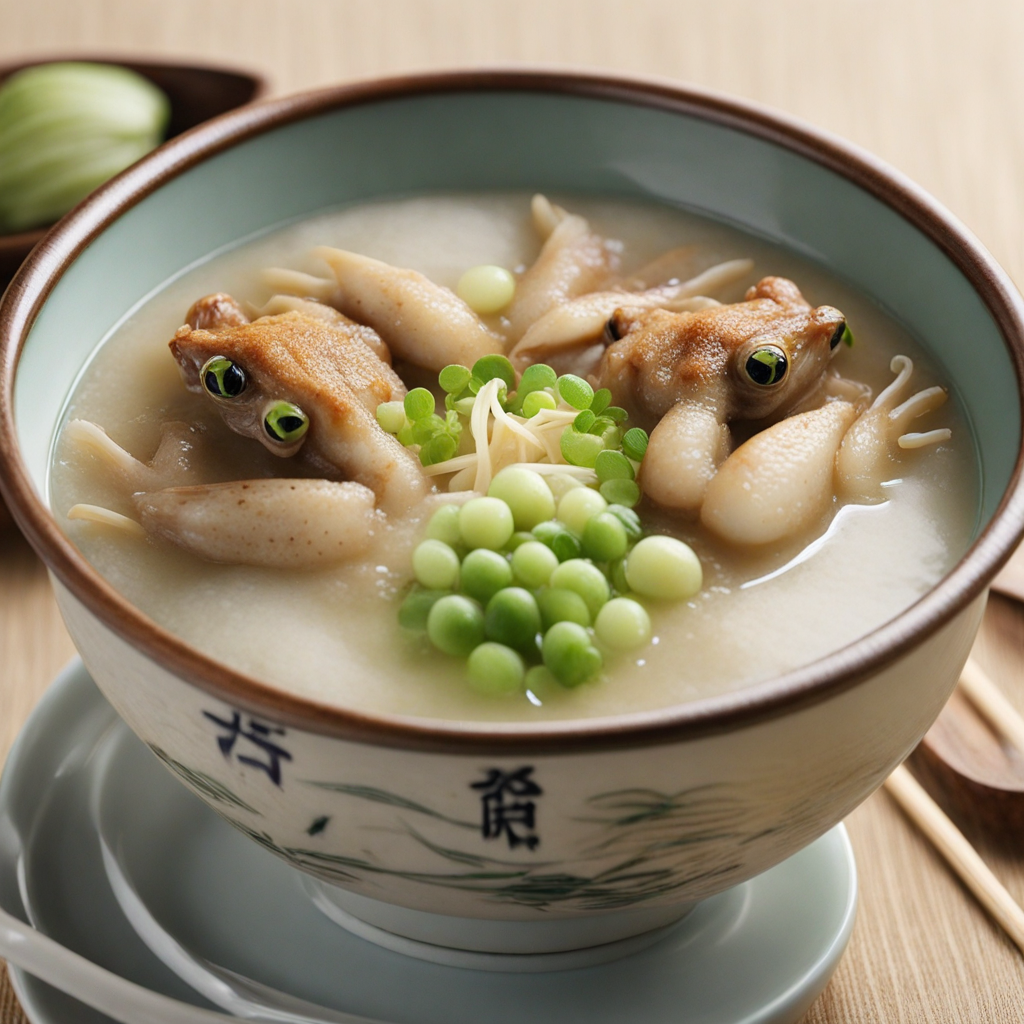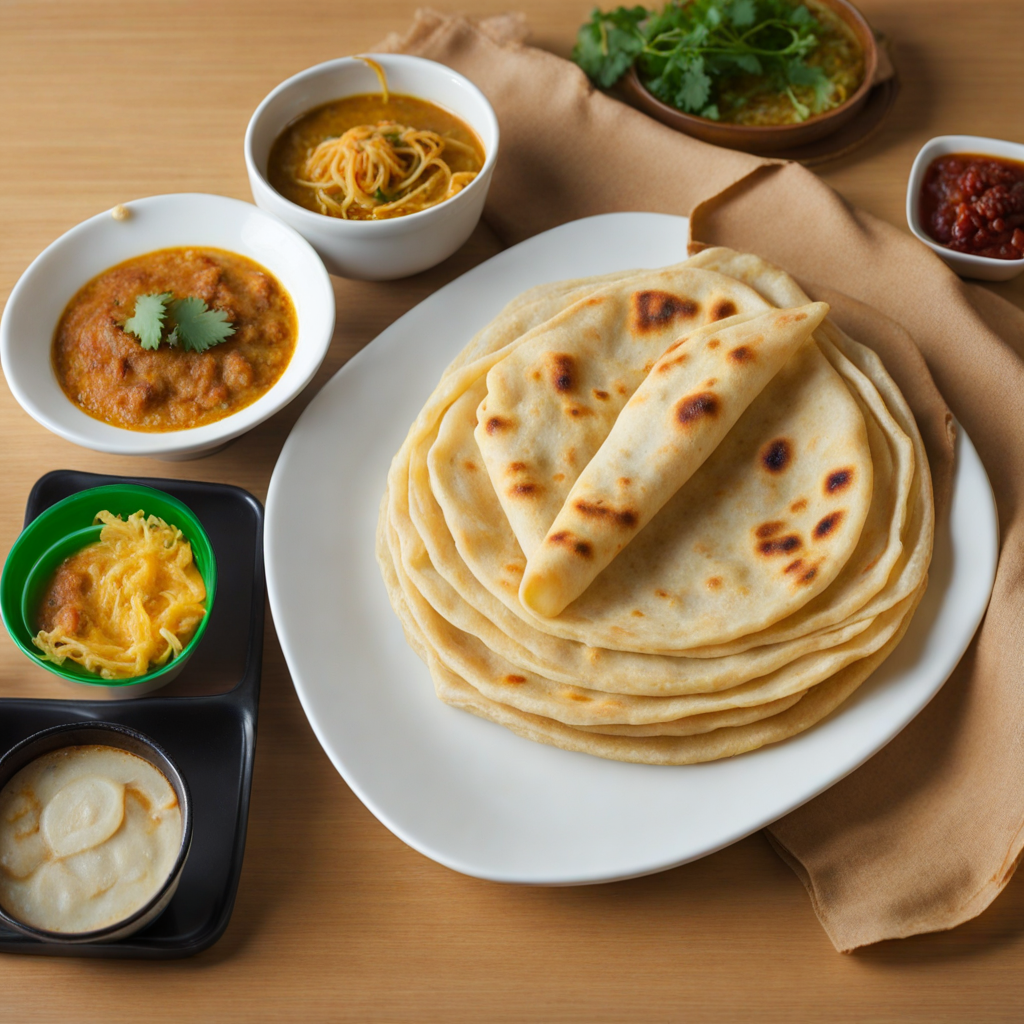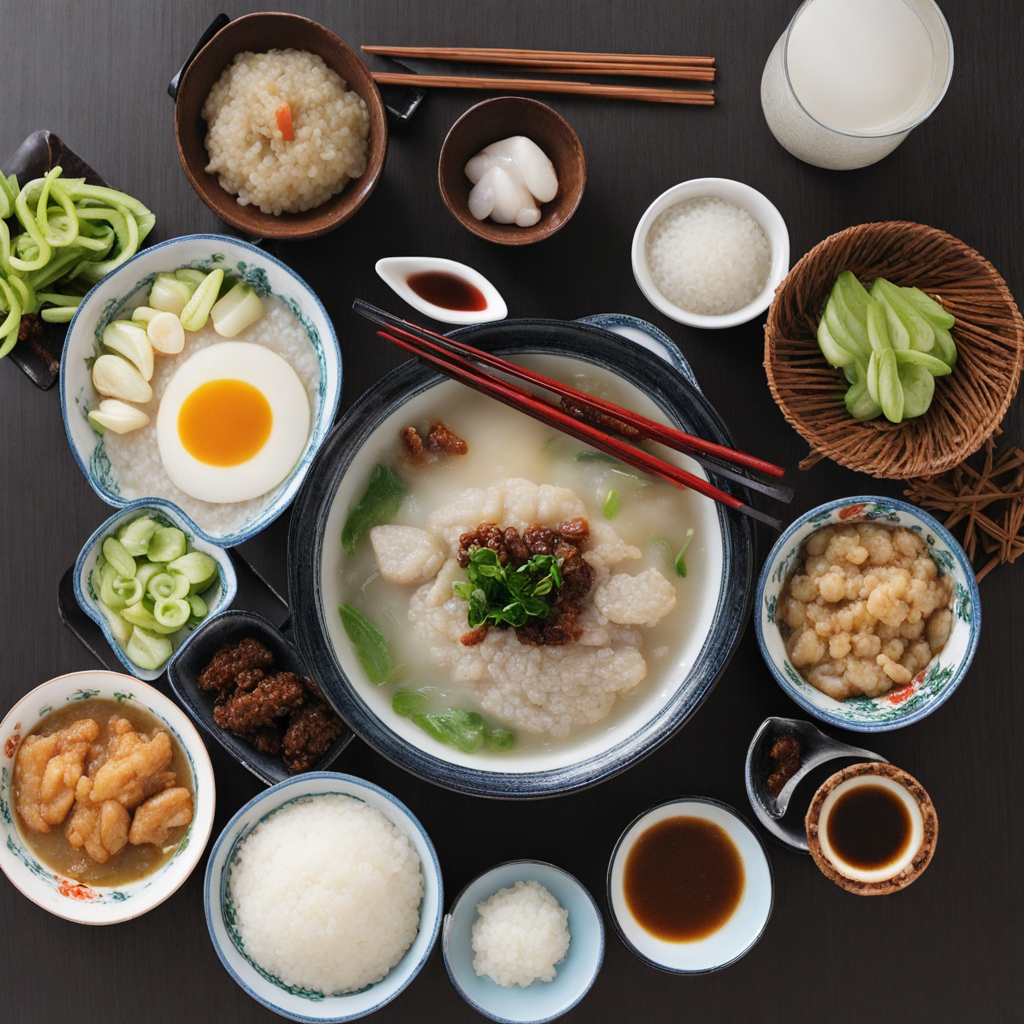Frog Porridge
Frog Porridge, a beloved dish originating from Singapore, offers a unique culinary experience that tantalizes the taste buds. This dish primarily features tender frog meat, which is known for its delicate flavor and has a texture reminiscent of chicken or fish. The frog is typically marinated with a blend of spices and sauces, enhancing its natural taste while adding depth and complexity. The meat is then simmered to perfection, resulting in a rich, flavorful broth that forms the base of the porridge. The porridge itself is a comforting rice-based dish, often cooked until it reaches a creamy, smooth consistency. This congee-like base absorbs the savory broth, creating a delightful harmony of flavors. The dish is usually accompanied by an array of garnishes such as chopped cilantro, scallions, and a drizzle of soy sauce or chili oil, allowing each diner to customize their bowl according to their palate. The combination of the tender frog meat and the warm, hearty porridge creates a satisfying meal that is both nourishing and comforting. Frog Porridge is not just a dish; it is an experience that reflects Singapore's diverse culinary landscape. It can be found in various hawker centers and eateries, often served in a casual, bustling setting that adds to the enjoyment. As diners delve into this dish, they embark on a culinary adventure that highlights the balance of flavors and textures unique to Singaporean cuisine. Whether you are a seasoned foodie or a curious newcomer, Frog Porridge invites you to explore a new taste sensation that is sure to leave a lasting impression.
How It Became This Dish
The History of 田鸡粥 (Field Frog Congee) in Singapore In the culinary tapestry of Singapore, where diverse cultures weave together to create a unique gastronomic landscape, few dishes encapsulate the spirit of local food culture as well as 田鸡粥 (tián jī zhōu), or field frog congee. This dish, while perhaps less known internationally, holds a special place in the hearts of Singaporeans, reflecting both historical influences and the evolution of local tastes. Origins of 田鸡粥 The origins of 田鸡粥 can be traced back to the broader culinary traditions of Southeast Asia, particularly those influenced by Chinese and Malay cooking practices. Congee itself, a rice porridge, has been a staple in many Asian cultures for centuries. The earliest versions of rice porridge can be found in ancient China, where it was often served as a nourishing dish for the sick or as a breakfast staple. Its adaptability and ease of preparation made it a favorite among various communities. In Singapore, the use of frog meat in cooking is notably linked to the Chinese immigrant communities that settled in the region. Frogs, particularly field frogs, were abundant in the wetlands and paddy fields of Southeast Asia, making them an accessible source of protein for those living in rural areas. The Chinese, who had a long history of frog consumption, incorporated this ingredient into their culinary repertoire, leading to the development of dishes like 田鸡粥. The term "田鸡" literally translates to "field frog," referring specifically to the species found in rice paddies and moist environments. This ingredient not only provided sustenance but also added a unique flavor profile to dishes, which was embraced by local cooks as they adapted traditional recipes to fit the ingredients available in their new environment. Cultural Significance 田鸡粥 is more than just a dish; it is a symbol of the resourcefulness and adaptability of Singaporean cuisine. The dish is commonly associated with comfort and home cooking, often prepared during family gatherings or as a remedy for illness. Its reputation as a nourishing food reflects the broader cultural values of care and familial bonding that are central to many Asian communities. In Chinese culture, congee is often seen as a versatile dish that can be customized according to one’s preferences or dietary needs. It can be made sweet or savory, and the addition of frog meat elevates it to a protein-rich meal. The dish also exemplifies the principle of using every part of an animal, minimizing waste, and maximizing flavor—a practice deeply ingrained in many traditional cooking methods. Over time, 田鸡粥 has also found its place in the burgeoning food scene of Singapore. As the city-state evolved into a melting pot of cultures, the dish began to reflect the diverse influences that characterize Singaporean cuisine. While it retains its traditional roots, modern interpretations have emerged, incorporating various spices and cooking techniques that highlight the creativity of contemporary chefs. Development Over Time The development of 田鸡粥 in Singapore is a testament to the dynamic nature of food culture. As Singapore became a global hub for trade and migration, it witnessed an influx of different culinary influences. The post-war period, in particular, marked a significant turning point in the country’s food scene, as returning soldiers and immigrants brought with them new ideas about food preparation and presentation. During the 1970s and 1980s, as Singapore underwent rapid urbanization, traditional food practices began to adapt to the changing environment. Congee stalls began to pop up across hawker centers, a hallmark of Singaporean street food culture. These stalls offered a variety of congee dishes, including 田鸡粥, making it more accessible to the general public. The dish became a favorite among workers and students alike, appreciated for its affordability and comfort. In recent years, the rise of gourmet dining and the emphasis on local ingredients have led to a renaissance of traditional dishes, including 田鸡粥. Chefs and food enthusiasts have started to explore the dish's potential, experimenting with flavors and presentation while honoring its origins. Contemporary versions may include the use of artisanal rice, homemade broths, and innovative garnishes, elevating the humble congee to new heights. Moreover, the growing interest in sustainable eating has rekindled attention to field frogs as a viable protein source. As consumers become more conscious of their food choices, dishes like 田鸡粥 are being re-evaluated for their environmental impact and nutritional value. The dish is positioned not only as a comfort food but also as a sustainable option in the face of modern dietary challenges. Conclusion 田鸡粥 embodies the rich history and cultural evolution of Singaporean cuisine. From its humble beginnings as a dish rooted in the agricultural practices of early Chinese immigrants to its status as a beloved comfort food, it reflects the adaptability and innovation of local cooks. The dish serves as a reminder of the importance of tradition in a rapidly changing world, as well as the resilience of culinary practices that continue to thrive amidst globalization. Today, whether enjoyed at a bustling hawker center or a modern restaurant, 田鸡粥 is a dish that resonates with the community, evoking memories of home, family, and the simple joys of sharing a meal. Its journey through time encapsulates the spirit of Singapore: a place where cultures intersect, traditions flourish, and food tells a story that connects generations. As Singapore moves forward, 田鸡粥 will undoubtedly continue to evolve, a delicious reminder of the past while embracing the future.
You may like
Discover local flavors from Singapore







